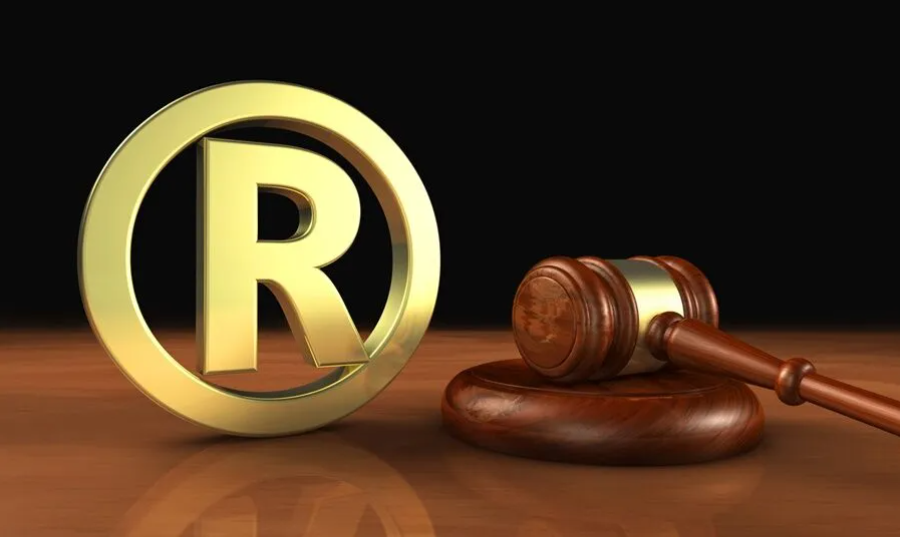Key Timeframes for U.S. Trademark Renewal and Maintenance: How to Avoid Invalidation Due to Non-Renewal

Registering a trademark in the United States does not guarantee perpetual protection. Failure to complete renewal and maintenance procedures on time may result in the cancellation of the trademark by the United States Patent and Trademark Office (USPTO) due to "non-use" or "non-renewal," leading to the loss of legal protection for the brand. This article outlines the key timeframes for U.S. trademark renewal and maintenance and explains how to avoid the risk of trademark invalidation due to oversight.
I. Key Timeframes for U.S. Trademark Renewal
Under U.S. trademark law, a trademark registration is valid for 10 years, but renewal applications and statements of use must be filed at specific intervals. Below are the three critical deadlines for renewal and maintenance:
- Years 5-6: Filing a "Section 8 Declaration of Use"
- Timeframe: Between the 5th and 6th years from the registration date (including the publication period).
- Core Task: Submit a Section 8 Declaration to the USPTO, proving that the trademark is still in use for the registered goods/services.
- Consequences of Non-Filing: The trademark will be canceled and cannot be reinstated.
- Years 9-10: Filing a "Renewal Application + Section 8 & Section 9 Declarations"
- Timeframe: Between the 9th and 10th years from the registration date.
- Core Task: Submit the following simultaneously:
- Section 8 Declaration of Use (as above);
- Section 9 Renewal Application to extend the trademark's validity for another 10 years.
- Consequences of Non-Filing: The trademark will expire, and a new registration application will be required.
- Every 10 Years: Periodic Renewal
- Timeframe: Repeat the above process between the 9th and 10th years after each renewal.
- Note: The USPTO does not send renewal reminders; trademark owners must monitor these deadlines themselves.
II. How to Avoid Trademark Invalidation Due to Non-Renewal?
- Establish a Trademark Renewal Timeline Management System
- Set multiple reminders: Mark key deadlines (e.g., the 5th and 9th years) immediately after registration and set reminders 6 months in advance.
- Engage professional services: Use trademark agencies or legal advisors to manage the renewal process and reduce the risk of human error.
- Prepare Renewal Materials in Advance
- Specimens of Use: Retain evidence of the trademark's commercial use, such as product packaging, website screenshots, and sales contracts.
- Legal Declaration Documents: Section 8 and Section 9 documents must be signed and notarized by the applicant to comply with USPTO requirements.
- Address "Non-Use" Situations Flexibly
- If the trademark is not in use at the time of renewal, file a "Section 8 Excusable Nonuse Declaration" to justify the non-use (e.g., market changes, supply chain disruptions) and avoid cancellation.
- Utilize the "Grace Period" for Remediation
- Missed the deadline? There is a 6-month grace period: The USPTO allows late filing within 6 months of the deadline, but additional fees (approximately 100−250 per class) apply.
- After the grace period: The trademark will be canceled, and a new application must be filed (with potential risks of third-party registration).
III. Other Considerations for Trademark Maintenance
- Update Trademark Owner Information:
- Changes in address, ownership, etc., must be promptly reported via a Section 7 Request for Amendment. Failure to do so may result in missing important USPTO notifications.
- Monitor Trademark Usage:
- Regularly check if the registered goods/services align with actual use.
- If the business scope changes, adjust the protection scope through new applications or registration amendments.
- Defensive Maintenance:
- Take legal action against infringements promptly to avoid cancellation due to "trademark dilution."
- Use trademark watch services to detect potential infringements or similar trademarks.
IV. Conclusion: Proactive Planning is Key
Renewal and maintenance of U.S. trademarks are fundamental to long-term brand operations. Businesses must integrate trademark management into their legal processes and mitigate risks through systematic monitoring and professional support. If a trademark is invalidated due to oversight, the brand may not only lose its exclusive rights but also face market encroachment by competitors. Proactive planning and strict adherence to deadlines are essential to ensure uninterrupted trademark protection.
Actionable Recommendations:
- Establish a trademark maintenance calendar immediately after registration;
- Regularly review evidence of trademark use.
Share this page
